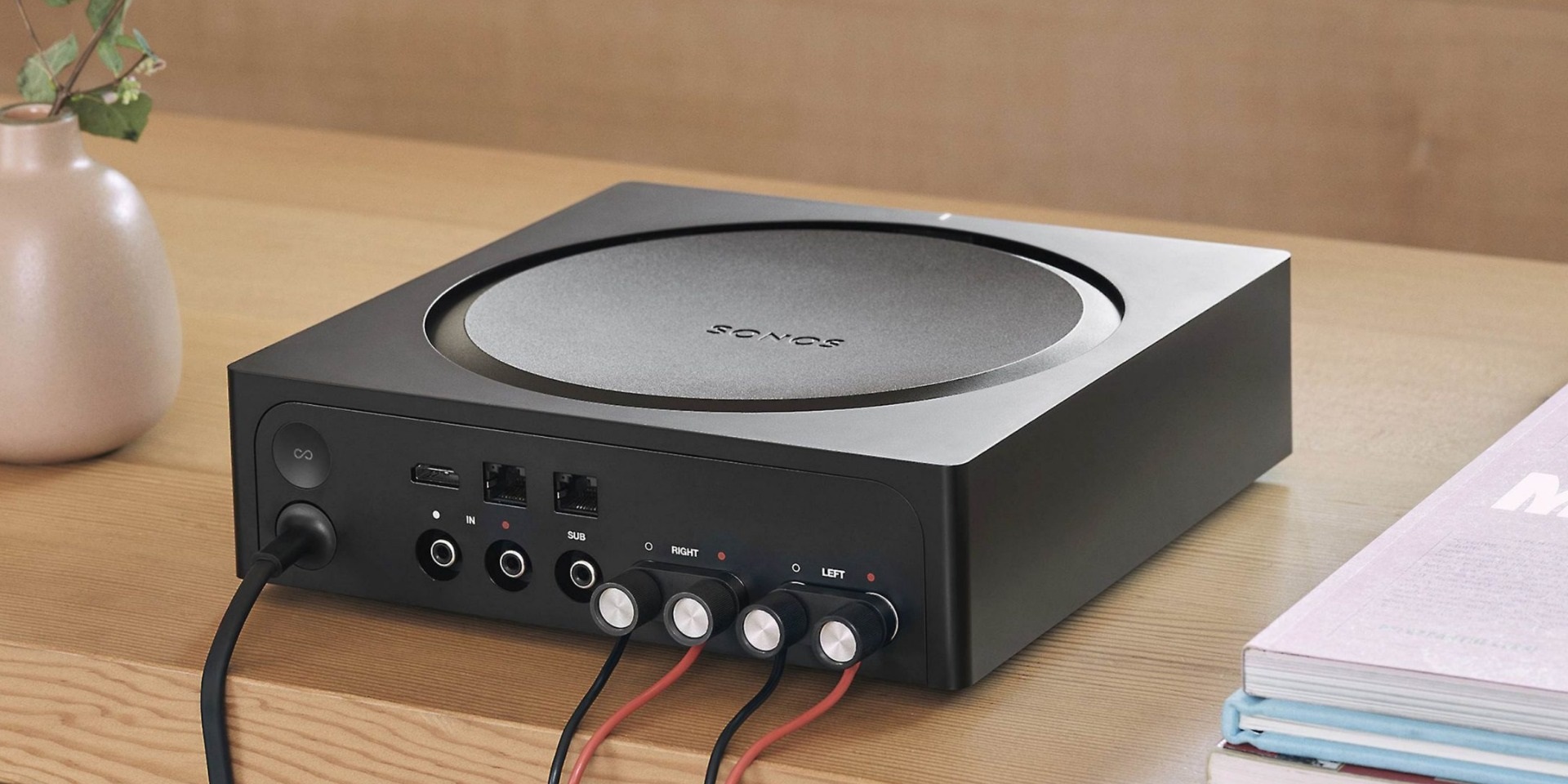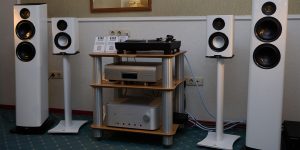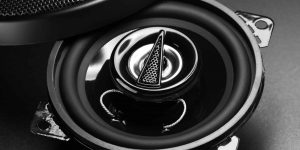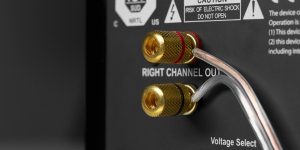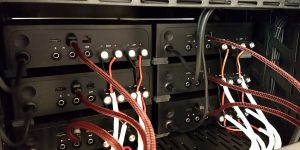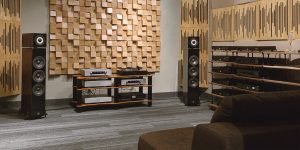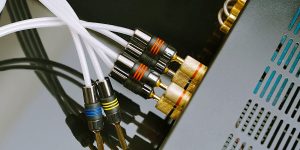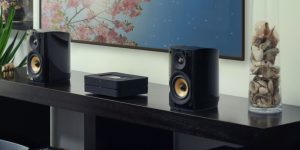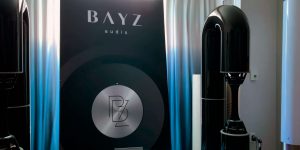Achieving an optimal audio experience hinges on the delicate balance between an amplifier’s power output and a speaker’s power handling capabilities. Understanding the importance of their matching will show you the full potential of your sound setup. When choosing the equipment, many newcomers ask whether it’s safe when the amp is more powerful than the speakers. So, I will explain the risks of mismatching and practical tips for finding that perfect unit.
Understanding amplifier and speaker power ratings
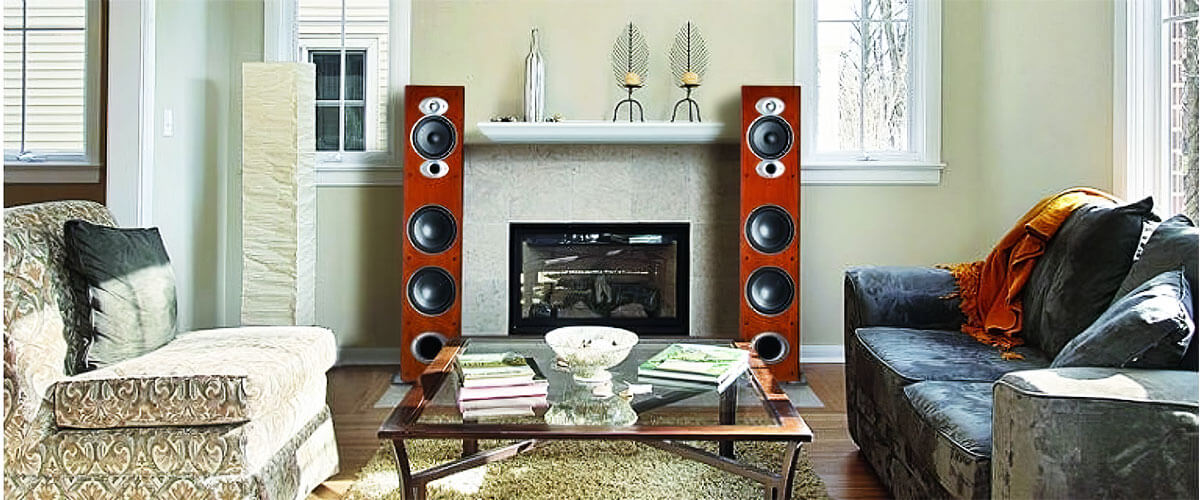
Amplifier power represents the amount of electrical power the unit can deliver to the speakers. Higher wattage generally means the amplifier can produce a louder sound, but power delivery efficiency also matters.
RMS power is a continuous power rating that indicates the amplifier’s ability to deliver a steady amount of power over time. It is a more meaningful measure than peak power, which represents short bursts of power. While it may look impressive, I recommend focusing on RMS power for a more accurate representation of continuous power capabilities. What also matters is the THD value (ideally, the value should tend towards 0), and when it’s low, the cleaner sound reproduction you have, especially at normal listening levels.
Speaker power handling is the amount of power a speaker can handle without being damaged. Ensure that your amplifier’s RMS power output matches or is slightly below the speaker’s power handling capability. Nominal impedance (total electrical impedance of the loudspeaker system), typically 4, 6, or 8 ohms, is important to match the receiver’s impedance for efficient power transfer.
Pay attention to sensitivity measures. Higher sensitivity ratings (dB) mean the speaker can produce louder sound with less input power. The frequency response indicates the range a speaker can reproduce. It should cover the entire audible spectrum for accurate sound reproduction. For speakers with multiple drivers (e.g., tweeters and woofers), the crossover frequency should be considered. It is the point at which each driver takes over specific frequency ranges and ensures optimal distribution of frequencies to the appropriate drivers.
I’d also like to discuss some common misconceptions about amplifier-to-speaker power ratios that may lead to misunderstandings and potential issues in your audio systems. Some would say that more power is always good. Having sufficient power is important, but too much power can lead to distortion, damage, or inefficient use of the system. If you think that underpowering protects speakers, I’d say that it can be as harmful as overpowering. Insufficient power may cause the amplifier to clip, leading to distortion. Additionally, the receiver may struggle to drive speakers to desired volumes, causing stress on the system. While impedance mismatch can be problematic, modern amplifiers and speakers often have protection circuits. However, it’s still important to match for optimal performance.
The case for more powerful amplifiers
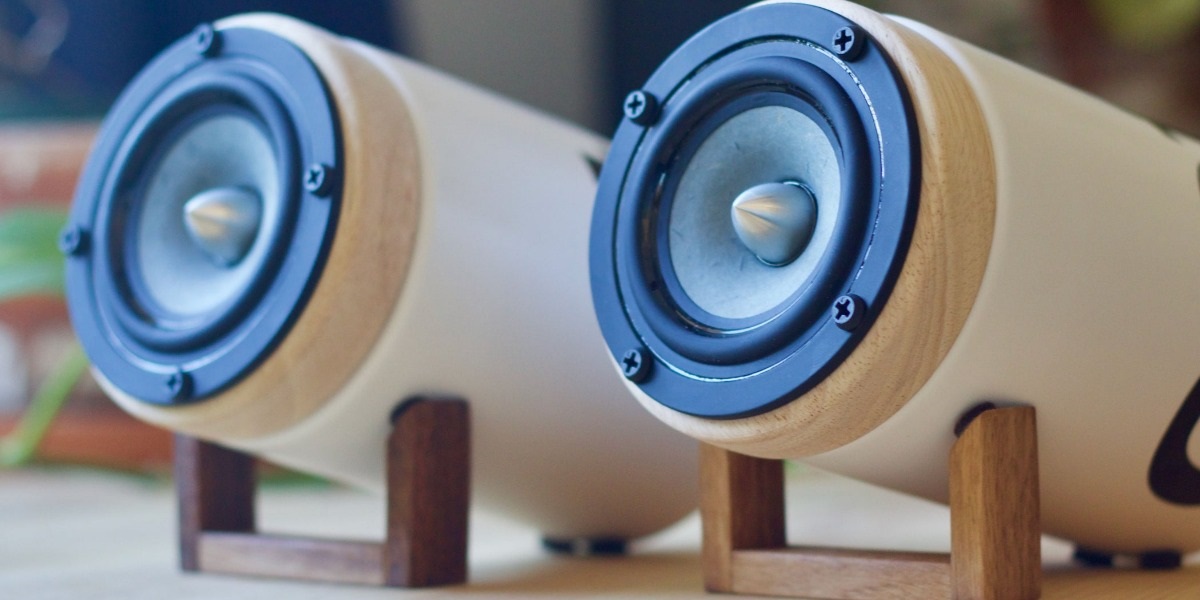
More powerful amplifiers can exert greater control over speakers, especially in demanding passages of music. This control results in improved clarity, tighter bass response, and reduced distortion. Dynamic music passages often have peaks that demand a sudden surge in power. A more powerful device with ample headroom can handle these peaks without distortion. This is particularly useful for genres like classical music or movies with impactful sound effects. When the receiver operates within its comfortable power range, it produces lower distortion. In this case, a powerful amplifier can handle higher volumes while maintaining low distortion levels, offering a cleaner and more enjoyable listening experience.
You also get flexibility when connecting different types of speakers. It ensures that the unit can drive speakers with varying impedance and power requirements without compromising performance. In larger listening spaces, such receivers can fill the room with sound more effectively, they provide the necessary power to maintain clarity and volume levels across a broader area.
Risks of overpowering your speakers

One of the most significant risks when the amp wattage is higher than the speaker’s is the potential for physical damage. Excessive power can cause the speaker’s voice coil to overheat, leading to distortion, loss of sensitivity, and ultimately permanent damage. This damage may manifest as a “blown” speaker with a distorted or completely non-functional sound.
Continuous exposure to excessive power levels shortens the lifespan of speakers. Over time, the constant stress on the components can lead to degradation and failure. This not only affects audio quality but also increases the likelihood of speaker failure. In addition, overpowering can cause the speaker cone to move beyond its intended excursion limits. This excessive movement can damage the cone, affecting its structural integrity.
To avoid the risks in case the amp has more power than the speakers, I’d carefully match the equipment’s power output to the speakers’ power handling capabilities. Always refer to the specifications and make sure both devices are compatible to achieve optimal performance and longevity.
Choosing the right amplifier

Even though my recommendations may seem obvious to you, consider them when choosing the required equipment.
Pay attention to both RMS and peak power ratings. RMS power is more indicative of an amplifier’s real-world performance, while peak power represents short bursts of power during dynamic audio passages. Look for amplifiers with low THD values since inaudible levels (below 1%) are generally acceptable for most applications.
Note that amplifiers come in different classes (e.g., A, AB, D), each with its characteristics.
It’s quite important for you to clarify the audio requirements and intended use. Are you building a stereo system for music, a home theater setup, or a multi-room audio system? When you realize what exactly you need, the selection process will be easier.
While there is a general correlation between amplifier power and cost, it’s not a strict rule that powerful equipment is always expensive. The brand’s reputation for reliability and performance contributes to the overall cost. However, technological advancements have allowed for more efficient and cost-effective receiver designs, even in higher power categories.

